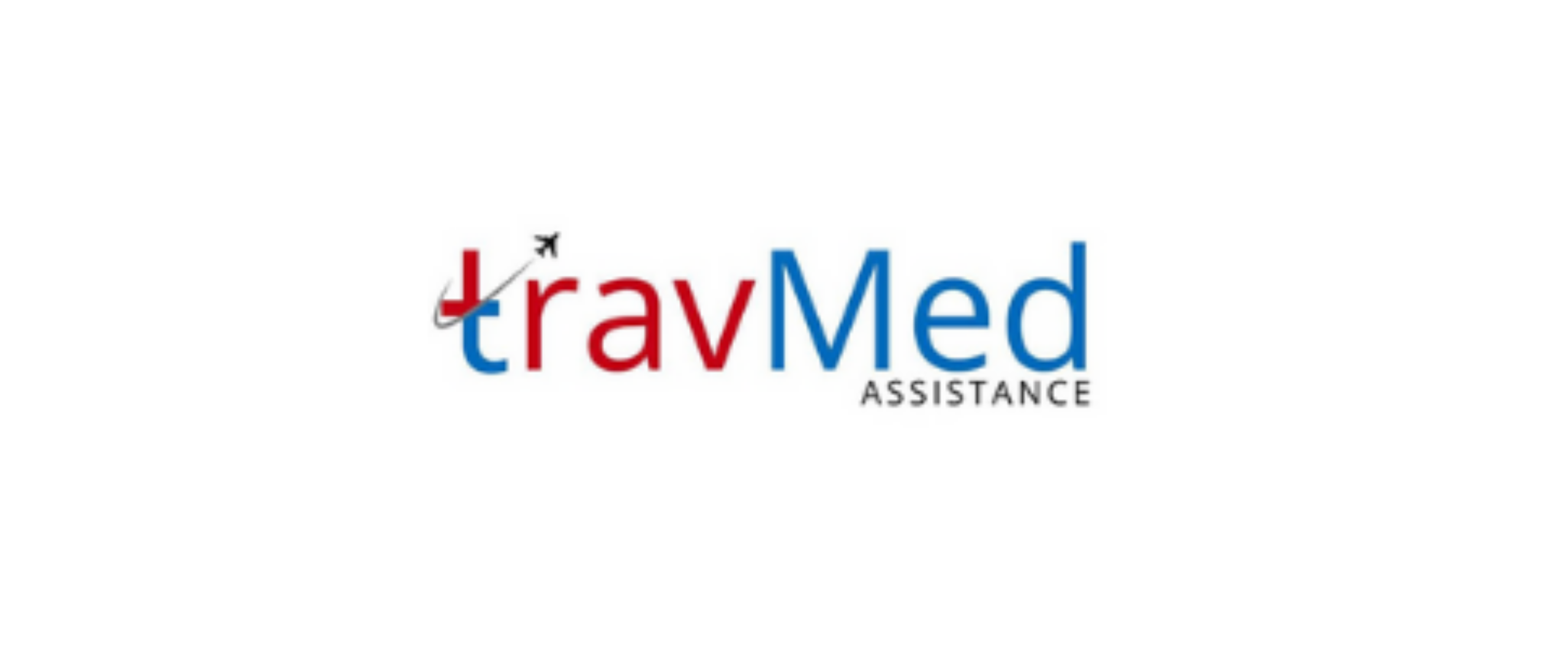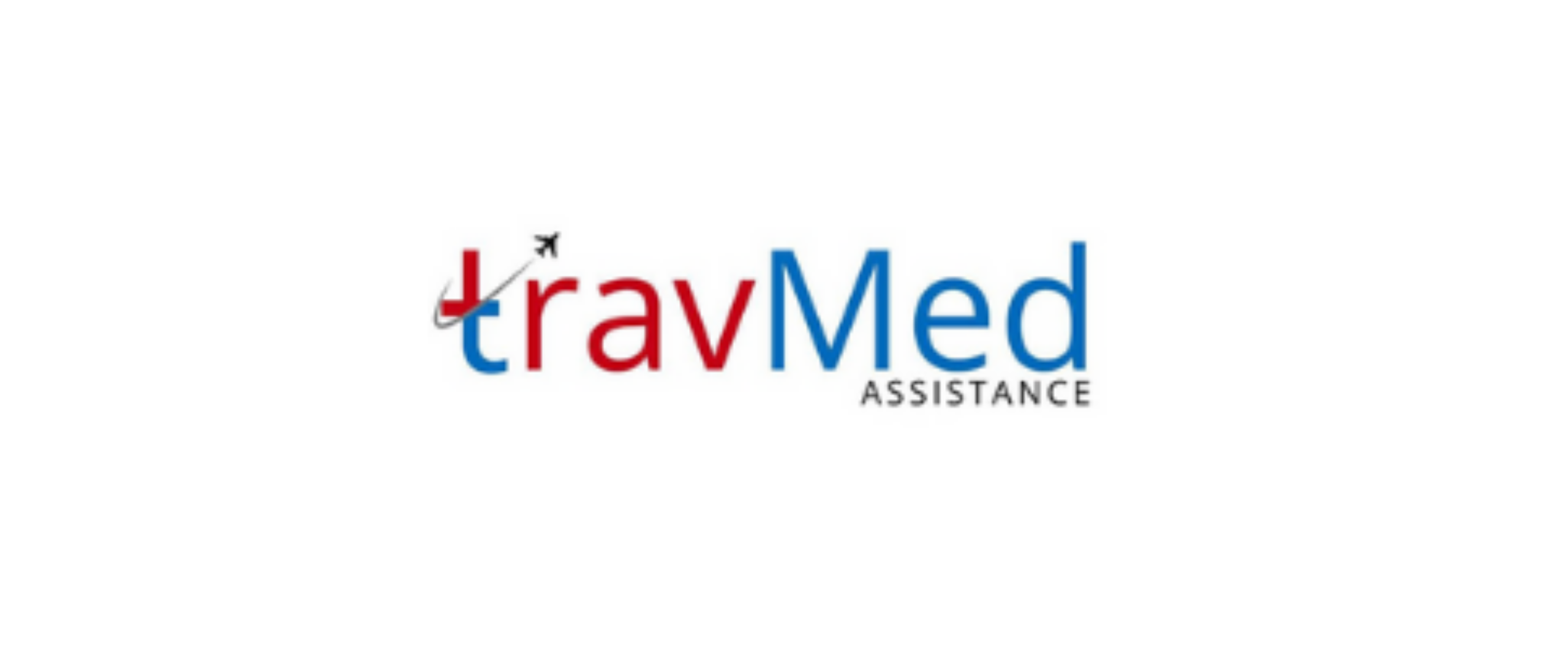
GPRS (General Packet Radio Service) for emergency medical assistance in Nepal is a technology-based system that utilizes mobile networks to provide rapid and efficient medical support during emergencies. This service enables real-time communication between patients, healthcare providers, and emergency responders. GPRS technology allows for the transmission of vital patient information, location data, and medical records to facilitate quick and accurate medical interventions. In Nepal, GPRS-based emergency medical assistance has become an essential tool for improving healthcare access, especially in remote and rural areas where traditional emergency services may be limited. The system leverages the widespread mobile network coverage in Nepal to ensure that medical help can be summoned quickly, even in challenging geographical locations.
Who provides GPRS-based medical assistance in Nepal?
In Nepal, several organizations and companies offer GPRS-based medical assistance services. These providers include:
- Nepal Ambulance Service (NAS): A non-profit organization that operates a network of ambulances equipped with GPRS technology.
- Travmed Assistance: A private company specializing in travel and medical assistance services, utilizing GPRS for emergency response.
- Nepal Red Cross Society: Offers emergency medical services with GPRS-enabled communication systems.
- Government Emergency Services: Some government-run hospitals and emergency departments have integrated GPRS technology into their response systems.
- Private Hospitals: Many private healthcare facilities in Nepal have adopted GPRS-based systems for their emergency medical services.
These providers work in collaboration with local healthcare facilities, ambulance services, and emergency responders to ensure comprehensive coverage across the country. The integration of GPRS technology allows these organizations to coordinate their efforts more effectively and provide timely assistance to patients in need.
How does GPRS work for emergency services?
GPRS technology functions as a vital component in emergency medical services in Nepal by facilitating rapid and efficient communication. When an emergency call is placed, the GPRS system activates, transmitting the caller’s location data to the nearest emergency response center. This location information is crucial for dispatching the appropriate medical personnel and resources to the exact site of the emergency. The GPRS network also enables real-time communication between emergency responders and medical facilities, allowing for the exchange of critical patient information and medical instructions. Additionally, GPRS technology supports the transmission of vital signs and other medical data from ambulances to hospitals, enabling healthcare providers to prepare for incoming patients effectively. This seamless flow of information significantly reduces response times and improves the overall quality of emergency medical care in Nepal.
What documents are required for GPRS assistance?
To access GPRS-based emergency medical assistance in Nepal, patients typically need to provide the following documents:
- Valid identification (Citizenship card, passport, or driver’s license)
- Health insurance information (if applicable)
- Medical history or existing medical records (if available)
- Emergency contact information
- Travel insurance details (for foreign visitors)
- Any relevant prescription medications or allergy information
- Blood type information (if known)
- Consent forms for medical treatment and data sharing
It’s important to note that in immediate life-threatening situations, emergency services will be provided regardless of documentation availability. However, having these documents readily accessible can significantly expedite the process and ensure more personalized care. Many GPRS-based assistance providers in Nepal offer digital storage options for medical records and personal information, allowing quick access during emergencies.
How much does GPRS-based assistance cost?
The cost of GPRS-based emergency medical assistance in Nepal varies depending on the service provider and the specific nature of the emergency. Generally, the expenses can be categorized as follows:
- Basic emergency call and dispatch services: Often provided free of charge
- Ambulance services: Costs range from NPR 1,000 to NPR 5,000, depending on distance and urgency
- Medical consultation fees: Typically between NPR 500 to NPR 2,000 per consultation
- Hospital admission and treatment: Varies widely based on the medical condition and required interventions
- GPRS device rental or purchase: Some providers offer GPRS-enabled devices for a fee, ranging from NPR 2,000 to NPR 10,000
It’s worth noting that many insurance policies, both local and international, cover GPRS-based emergency medical assistance costs. Some service providers also offer subscription-based models with monthly or annual fees for unlimited access to their emergency services. Patients are advised to check with their insurance providers and compare different GPRS assistance plans to find the most suitable and cost-effective option for their needs.
How reliable are GPRS emergency service providers?
GPRS emergency service providers in Nepal have demonstrated a high level of reliability in recent years. The integration of GPRS technology has significantly improved response times and coordination among emergency responders. Key factors contributing to their reliability include:
- Extensive network coverage: GPRS providers leverage Nepal’s widespread mobile network infrastructure, ensuring connectivity in most areas.
- 24/7 availability: Emergency services are operational round-the-clock, providing assistance at any time.
- Trained personnel: GPRS service providers employ skilled medical professionals and emergency responders.
- Regular system updates: Providers continuously upgrade their GPRS systems to enhance performance and reliability.
- Backup systems: Many providers have redundant systems in place to ensure uninterrupted service during network outages.
However, challenges such as occasional network congestion in urban areas and limited coverage in extremely remote regions can affect service reliability. Despite these limitations, GPRS emergency service providers in Nepal have consistently improved their performance, with many achieving response times comparable to international standards. Regular audits and quality assessments are conducted to maintain and enhance the reliability of these critical services.
Are GPRS services available nationwide in Nepal?
GPRS services for emergency medical assistance are available in a significant portion of Nepal, but nationwide coverage is still a work in progress. The availability of these services varies across different regions:
- Urban areas: Major cities like Kathmandu, Pokhara, and Biratnagar have extensive GPRS coverage and well-established emergency medical services.
- Suburban regions: Many suburban areas near major cities also benefit from reliable GPRS emergency services.
- Rural areas: Coverage in rural regions is expanding, with many districts now having access to GPRS-based emergency assistance.
- Remote mountainous regions: Some remote areas, particularly in the Himalayas, may have limited or no GPRS coverage due to challenging terrain.
The Nepalese government, in collaboration with private service providers, is actively working to expand GPRS coverage nationwide. Initiatives such as the installation of additional mobile towers and the use of satellite-based communication systems are being implemented to improve connectivity in remote areas. While complete nationwide coverage is yet to be achieved, significant progress has been made in recent years to extend GPRS emergency services to a broader population in Nepal.
How long does it take to access emergency assistance?
The time taken to access emergency assistance through GPRS-based services in Nepal can vary depending on several factors. On average, the response times are as follows:
- Initial call connection: Usually within 30 seconds to 1 minute
- Dispatch of emergency responders: Typically 5-10 minutes in urban areas, 15-30 minutes in suburban regions
- Arrival of medical assistance: 10-20 minutes in cities, 30-60 minutes in suburban areas, and potentially longer in remote locations
Factors affecting response times include:
- Location of the emergency (urban vs. rural)
- Traffic conditions and road accessibility
- Availability of nearby emergency resources
- Nature and severity of the medical emergency
- Network congestion during peak hours or disasters
It’s important to note that these times are approximate and can vary significantly based on the specific circumstances of each emergency. GPRS service providers in Nepal are continuously working to improve their response times through better coordination, increased resources, and technological advancements. In life-threatening situations, emergency operators may provide instructions for immediate first aid while professional help is en route.
Can foreign patients use GPRS medical assistance?
Foreign patients in Nepal can indeed use GPRS-based medical assistance services. These services are designed to cater to both local residents and international visitors. Key points for foreign patients include:
- Accessibility: Most GPRS emergency services are available to anyone within the coverage area, regardless of nationality.
- Language support: Many providers offer multilingual support to assist foreign patients effectively.
- International insurance compatibility: Several GPRS service providers in Nepal work with international insurance companies.
- Tourist-specific services: Some providers offer specialized assistance packages for tourists and trekkers.
- Embassy coordination: In case of emergencies, GPRS service providers can liaise with embassies or consulates if required.
Foreign patients should:
- Carry travel insurance that covers medical emergencies in Nepal
- Keep important documents and medical information readily accessible
- Familiarize themselves with local emergency numbers and GPRS service providers
- Consider registering with their embassy upon arrival in Nepal
While GPRS medical assistance is available to foreign patients, it’s advisable to check with specific service providers or travel insurance companies for detailed information on coverage and procedures before traveling to Nepal.
How do I access GPRS services in emergencies?
Accessing GPRS services during emergencies in Nepal involves several straightforward steps:
- Dial the emergency number: Call 102 for ambulance services or the specific number provided by your GPRS service provider.
- Provide location details: Clearly state your current location and any landmarks to help responders locate you quickly.
- Describe the emergency: Explain the nature of the medical emergency and the condition of the patient(s).
- Follow dispatcher instructions: Listen carefully to any first aid or safety instructions provided by the emergency operator.
- Stay on the line: Remain connected until the dispatcher confirms that help is on the way.
- Prepare necessary documents: If possible, gather any relevant medical documents or identification while waiting for assistance.
- Make yourself visible: If outdoors, try to make your location easily identifiable for the arriving emergency responders.
- Provide additional information: Be ready to answer follow-up questions from the medical team upon their arrival.
Remember, GPRS technology allows emergency services to track your location, but providing clear and accurate information can significantly expedite the response process. It’s also beneficial to familiarize yourself with the specific procedures of your chosen GPRS service provider in Nepal before an emergency occurs.
Are services available 24/7 in Nepal?
GPRS-based emergency medical assistance services in Nepal are indeed available 24 hours a day, 7 days a week. This round-the-clock availability ensures that patients can access critical medical help at any time, regardless of the hour or day. Key aspects of 24/7 service include:
- Continuous monitoring: Emergency dispatch centers are staffed and operational at all times.
- Night-time response teams: Dedicated medical personnel and ambulance crews are on standby during night hours.
- Holiday coverage: Services remain fully operational during weekends, public holidays, and festival seasons.
- Seasonal adaptability: Providers adjust their resources to accommodate seasonal changes, such as increased demand during trekking seasons.
- Backup systems: Redundant communication systems and power supplies ensure uninterrupted service.
While 24/7 availability is standard for emergency services, it’s important to note that response times may vary slightly during off-peak hours or in remote areas. Additionally, some non-emergency medical consultations or administrative services related to GPRS assistance might have limited hours. Patients are encouraged to save emergency contact numbers and familiarize themselves with the specific protocols of their chosen GPRS service provider to ensure quick access to assistance whenever needed.
How is patient location tracked via GPRS?
Patient location tracking via GPRS in Nepal utilizes a combination of technologies to pinpoint the exact location of individuals requiring emergency medical assistance. The process typically involves:
- Mobile network triangulation: GPRS uses signals from multiple cell towers to estimate the patient’s location.
- GPS integration: Many smartphones and GPRS-enabled devices incorporate GPS for more accurate positioning.
- Cell ID tracking: In areas with limited GPS coverage, the system can identify the nearest cell tower for approximate location.
- A-GPS (Assisted GPS): This technology combines network resources with GPS for faster and more accurate positioning.
- Wi-Fi positioning: In urban areas, nearby Wi-Fi networks can be used to enhance location accuracy.
- Manual input: Patients or callers can provide verbal location details to supplement automated tracking.
The GPRS system continuously updates the patient’s location, allowing emergency responders to track movement in real-time. This is particularly useful in situations where the patient is in transit or unable to provide clear location information. The accuracy of GPRS tracking can vary depending on factors such as network coverage, terrain, and device capabilities. In Nepal’s diverse geography, the system is designed to adapt to different environments, from dense urban areas to remote mountainous regions, ensuring the best possible location tracking for emergency medical assistance.


